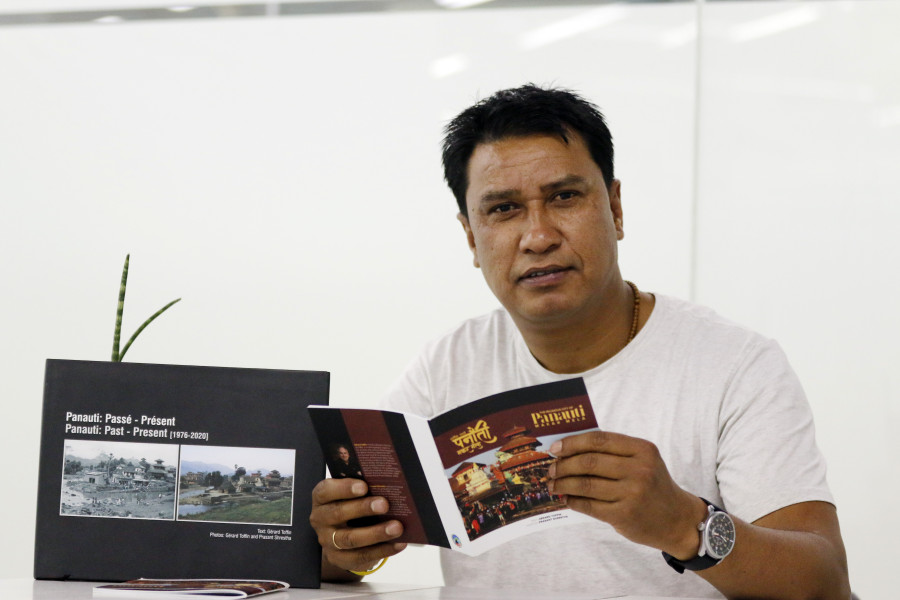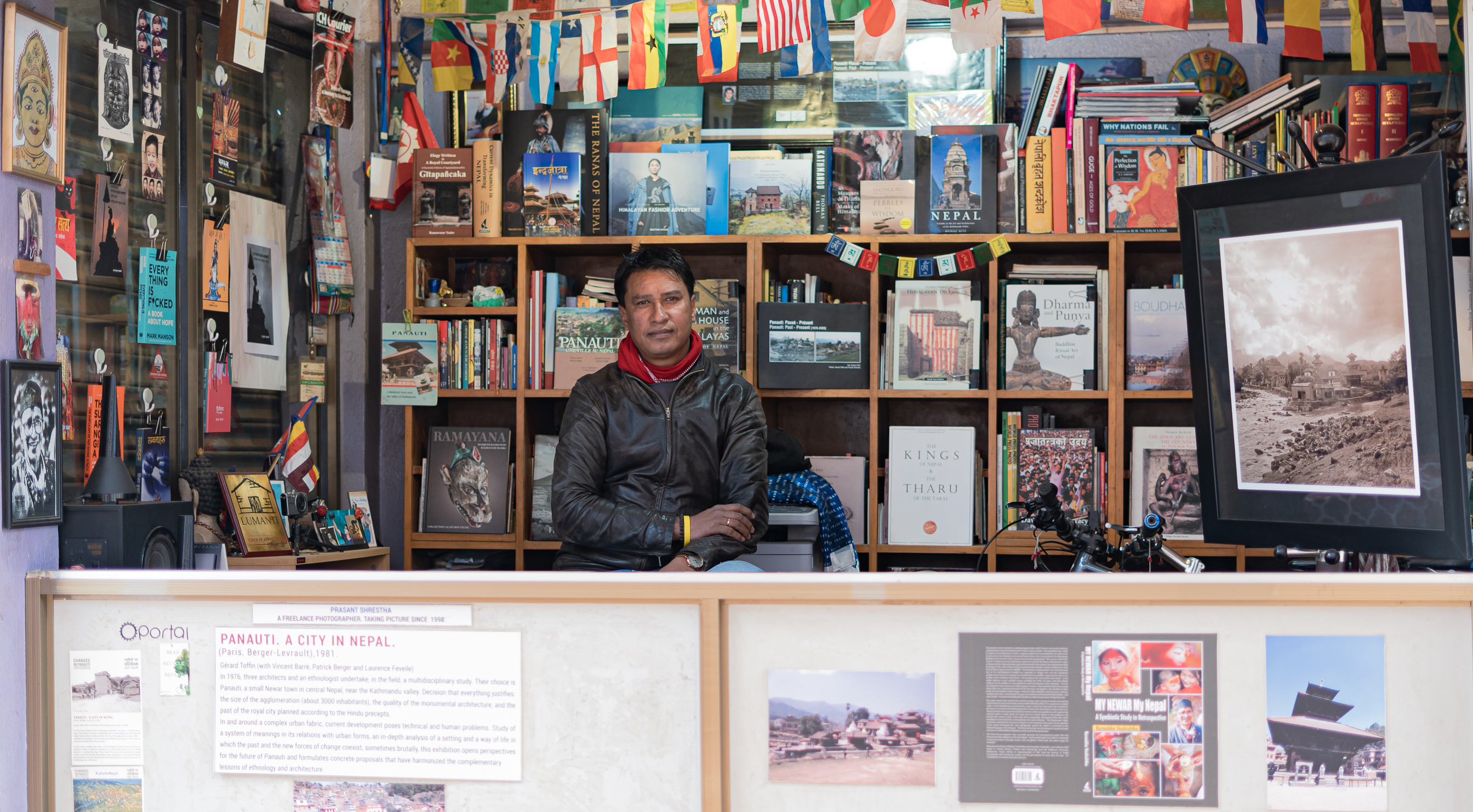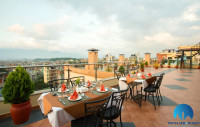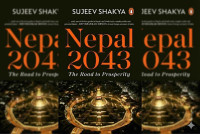Culture & Lifestyle
Panauti through the lens of time
Photographer Prashant Shrestha chronicles the evolution of the city through his images.
Rukusha Giri
Prashant Shrestha grew up in the historical city of Panauti. Nestled at the confluence of rivers Roshi and Punyamati, it is one of the oldest towns in the country and has remained largely unscathed by the many earthquakes that have destroyed numerous pilgrimages in the nearby Capital of the country. This has earned Panauti the reputation of being indestructible—no wonder it has been listed in the UNESCO tentative site since 1996.
This picturesque city boasts hidden pilgrimages and natural beauty that will leave travellers in awe and is a must-visit destination to experience the rich history and culture of Nepal. Panauti has attracted the attention of many researchers worldwide, and Shrestha is one such researcher who has worked extensively to promote the town and its cultural heritage.
Shrestha, who has a degree in Oriental Medicine Science from Oriental Treatment cum Training Center, Kathmandu, has long been capturing the cultural beauty of Nepal through his photos. He has held several exhibitions in Panauti to showcase his work. After completing high school in Panauti, Shrestha moved to Kathmandu in 1992 to pursue further studies in the medical field.
During his stay in the Capital, he regularly passed by Gallery Nine, Lazimpat, on his way to college. One day, he gave in to his curiosity about the space and visited the gallery where he saw photographer Mani Lama’s portraits displayed. This sparked his interest in the field. Shrestha started taking photos of nature under the guidance of Lama, from whom he began taking photography classes after buying his first camera, the Nikon F100.
Shrestha’s lens led him on an expedition to the untamed corners of Nepal, where he immortalised the raw emotions and daily lives of the people. His early days as a medical student saw him juggling fieldwork with studies, capturing the essence of undeveloped cities and picturesque landscapes. A deep connection between people and their surroundings began to emerge in his work.
Returning to his beloved Panauti after completing his studies, Shrestha found solace and purpose in reconnecting with his roots. While browsing through books about the town, Shrestha stumbled upon Gerard Toffin’s book called ‘Panauti Une Ville Au Nepal’. Toffin is an anthropologist who specialises in the cultures and societies of the Himalayas and has been conducting research in Nepal—primarily of the Newa community of Kathmandu valley—since the 1970s.
Impressed by Toffin’s work, Shrestha wanted to collaborate with him on a project to showcase the rich culture and natural beauty of Panauti. Through some research, Shrestha tracked down Toffin’s contacts and reached out to him. Toffin was receptive to the idea, and together, they embarked on a project to compare the old and new Panauti, using photography as a lens into the town’s evolution.

With Toffin’s expertise and Shrestha’s passion, ‘Panauti: Past-Present [1976-20]’ was born, a captivating chronicle of the town's cultural metamorphosis before and after the 2015 earthquake. Tiffin had extensively captured Panauti in the 70s and 80s, and Shrestha had many photos of the town from the 90s to now.
After getting the old photos, Shrestha started searching for the exact locations where Toffintook them. He tried taking new ones from the exact location, at the same angle, to capture how the city had evolved over 50 years.
The book was then published in 2021 and detailed how the culture of the historical town has changed. It struck a chord with countless readers, cementing its place as an invaluable cultural treasure.
The two photographers worked on another book on Makar Mela, a festival that takes place every 12 years in the town. Written by Toffin with photos from Shrestha, the book was published by the municipality of Panauti.
“I have been collecting cultural books for many years. I mostly did this to learn about Nepal through the photos [included in the books], but I’ve recently discovered that I have amassed a collection of rare cultural texts,” says Shrestha adding that to make these books more readily available to a broader audience, he has established a library in Panauti. If readers come across interesting chapters or paragraphs, they can even photocopy them given that they do not share them online.
As Shrestha’s photographic odyssey continues, he remains steadfast in his dedication to spreading the culture and natural beauty of Nepal. In the timeless village of Panauti, Shrestha’s photography stands resilient, a testament to the enduring spirit of a visionary artist and the captivating stories he preserves for generations to come.




 18.12°C Kathmandu
18.12°C Kathmandu















